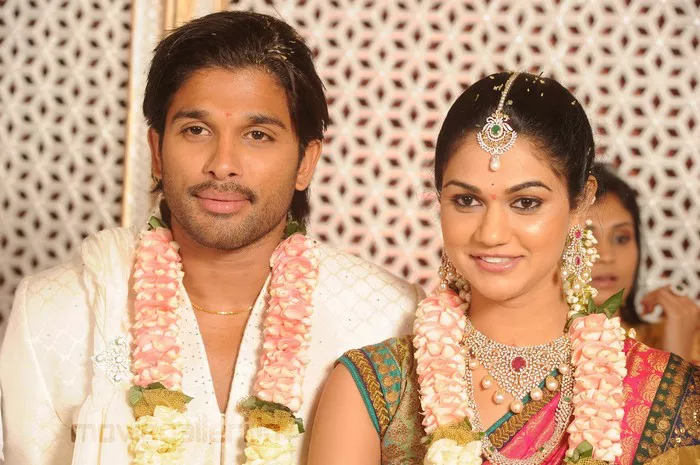As gold prices soar past $3,200 an ounce, Indian couples face a dilemma: uphold deep-rooted wedding traditions or adjust to the financial weight of inflation.
A gleaming sign outside Tanishq’s flagship showroom in Mumbai poses a question that reflects a growing concern for many Indian families: “Are rising gold prices delaying your wedding jewellery purchase?” The answer, increasingly, is yes—but not entirely.
On April 11, gold prices reached an all-time high of over $3,200 per troy ounce, reflecting a 17.4% increase since former U.S. President Donald Trump imposed new tariffs earlier this month. While the global spike has sparked hesitation in many markets, Indian demand has proven surprisingly resilient.
“Stability is what matters,” says Anindya Banerjee, economist at Kotak Securities. “If prices hold steady, demand will return.” For now, consumers are finding ways to adapt. Programs like Tanishq’s “Festival of Exchange” are offering customers the option to trade old gold jewellery for new, softening the blow of price hikes.
Gold: The Heart of Indian Weddings
Gold is more than ornamentation in Indian culture—it is a sacred symbol of prosperity, purity, and security. Each year, nearly 10 million weddings take place across India, collectively consuming between 300 and 400 tonnes of gold, according to Kalyan Jewellers.
Auspicious occasions like Akshaya Tritiya, falling on April 30 this year, often see a surge in purchases regardless of market prices. On such dates, buying gold is believed to bring lifelong prosperity, pushing many families to follow tradition despite soaring costs.
India’s enduring affection for gold is echoed across Asia. Last year, the country led global jewellery consumption with 560 tonnes, followed closely by China at 510 tonnes. In Thailand, the rise of digital gold investment platforms helped push demand up 17% in 2024 alone.
“Gold has always been a safety net in Asia,” explains financial analyst Meera Sundaram. “In cultures where inflation, currency instability, and limited investment options persist, gold remains both a tradition and a strategy.”
Cultural Value vs. Economic Cost
However, the implications of gold’s popularity extend beyond individual households. In India, gold imports accounted for roughly 8% of total imports in 2024, contributing significantly to the country’s $45 billion trade deficit.
While economic policymakers raise concerns about the macroeconomic risks, many individuals continue to invest in gold as a store of personal wealth. “From a macro point of view, gold is bad,” says investor Joseph Sebastian. “But from a micro personal point—I still have 20% of my assets in gold.”
Even for those with wedding expenses looming, the symbolic and emotional value of gold outweighs short-term financial burdens. Brides still arrive at mandaps adorned in heirloom bangles and intricately designed necklaces, while grooms exchange rings set in 22-karat gold.
Weddings Bend, But Don’t Break
As families across India wrestle with the rising cost of wedding jewellery, one thing remains clear: the tradition will not be easily abandoned. While some couples may scale back or delay purchases, few are willing to forgo gold altogether.
The balance between economic prudence and cultural preservation is delicate. Yet, for many Indian families, gold continues to shine as both a financial safeguard and a timeless symbol of love, continuity, and commitment.
For now, weddings may bend—but under gold’s enduring gleam, they won’t break.

